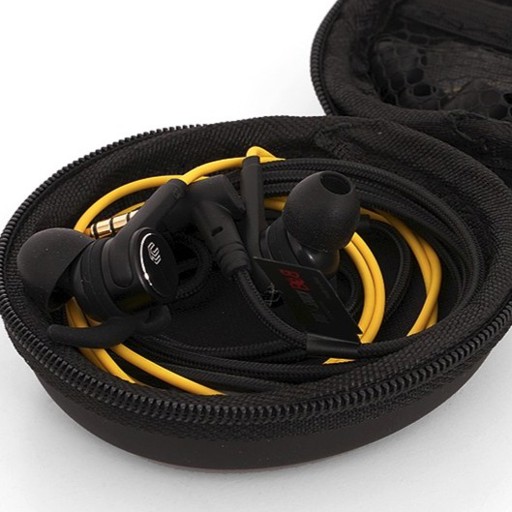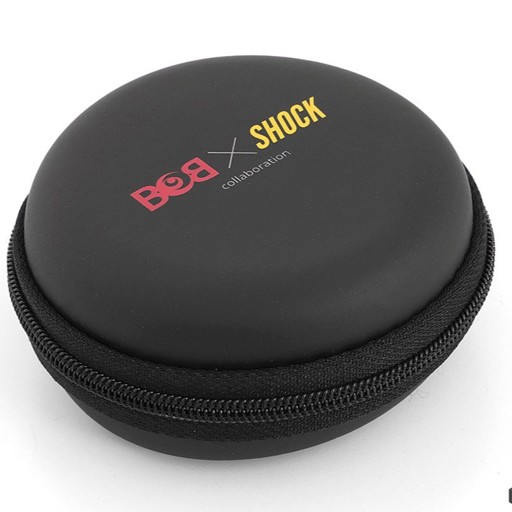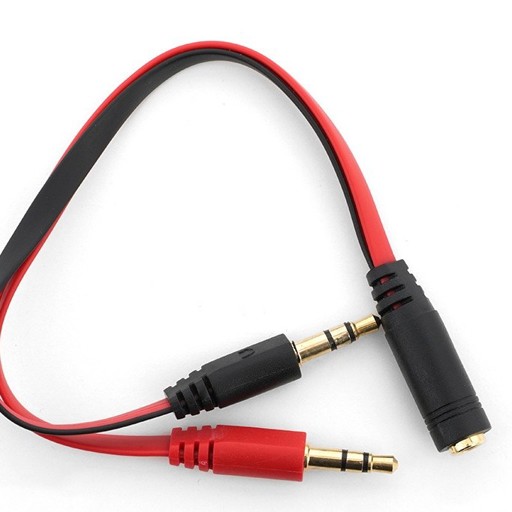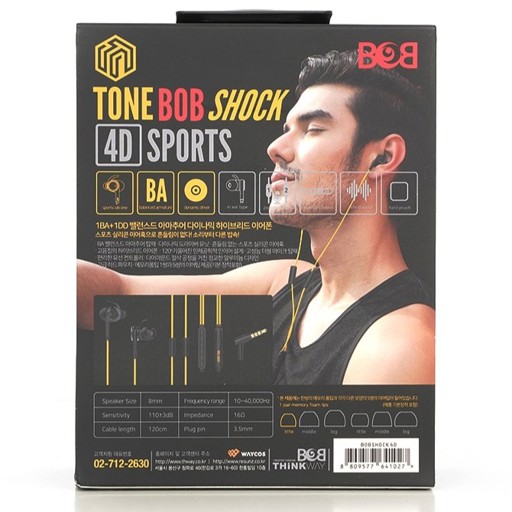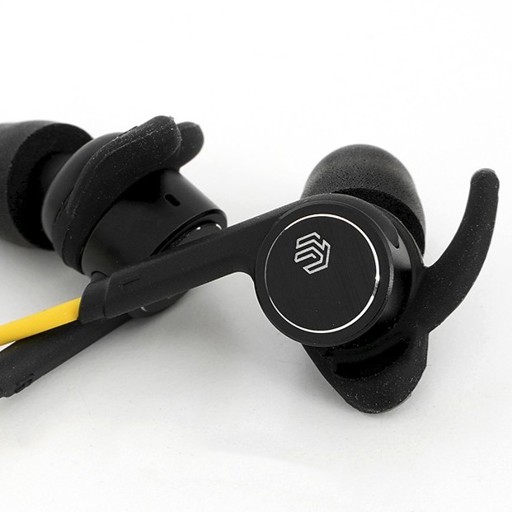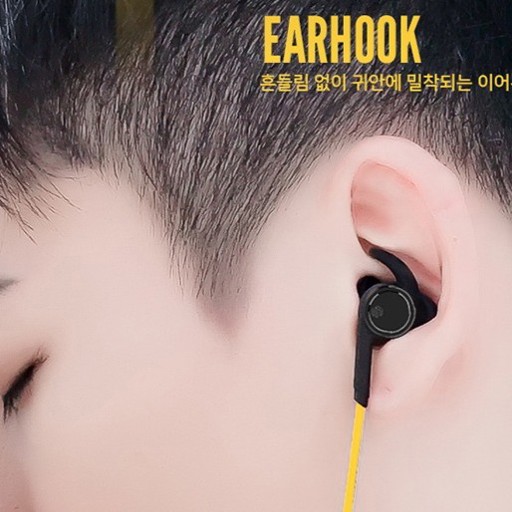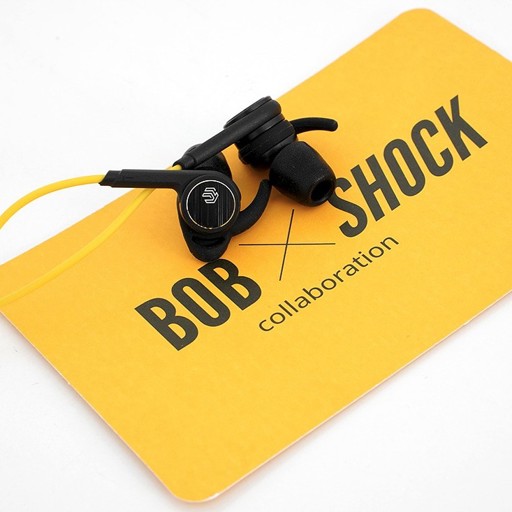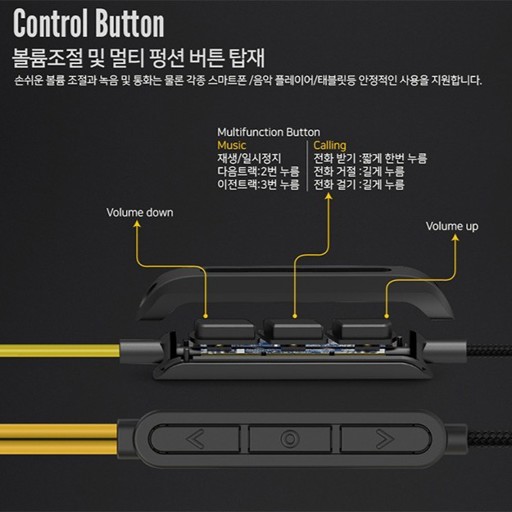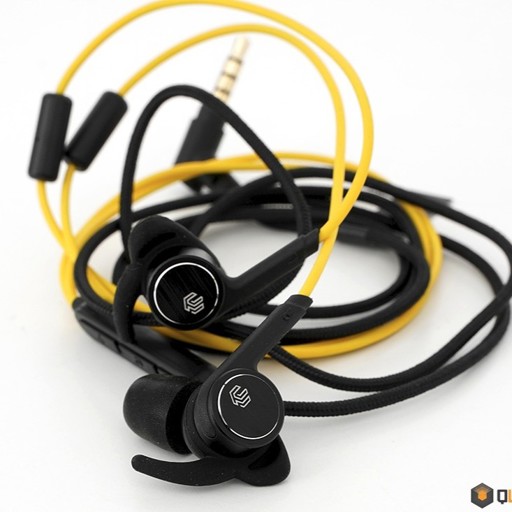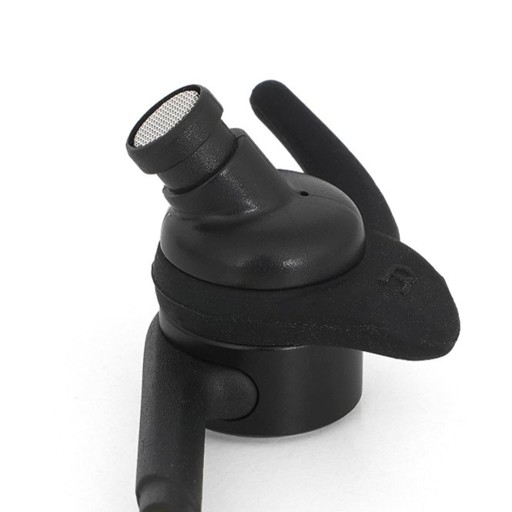It's a cute box the size of the palm of your hand. The 8D earphones I introduced a while ago had a yellow inner box, but the 4D is black. It feels a little less luxurious because it doesn't have an opening lid(?), but I thought it was practical packaging. On the front of the box, you can see the Hi-Res logo, the number of drivers, and the number of microphones, and the back is densely filled with product features. It would have been easy to read when the box was larger, but because the box itself is small, the font feels small. There is no separate cushioning inside, but the compartments are well divided with thick paper, and the earphones are inside a pouch, so you don't have to worry about them being damaged during shipping.
What is Hi-Res Audio certification?
A quick word about Hi-res: it was created and provided free of charge by Sony, a Japanese electronics manufacturer, and is an officially designated logo by the Japan Electronics and Information Technology Industries Association and the Japan Audio Association. To be certified as Hi-res, a sound must reproduce a frequency range exceeding 40kHz. While some question its effectiveness, as this range far exceeds the audible frequency range of humans, the prevailing opinion is that a difference can be felt when testing with sound sources produced according to the standards. Beyond this, it's also possible to emphasize the wider bandwidth of sound performance.
Components
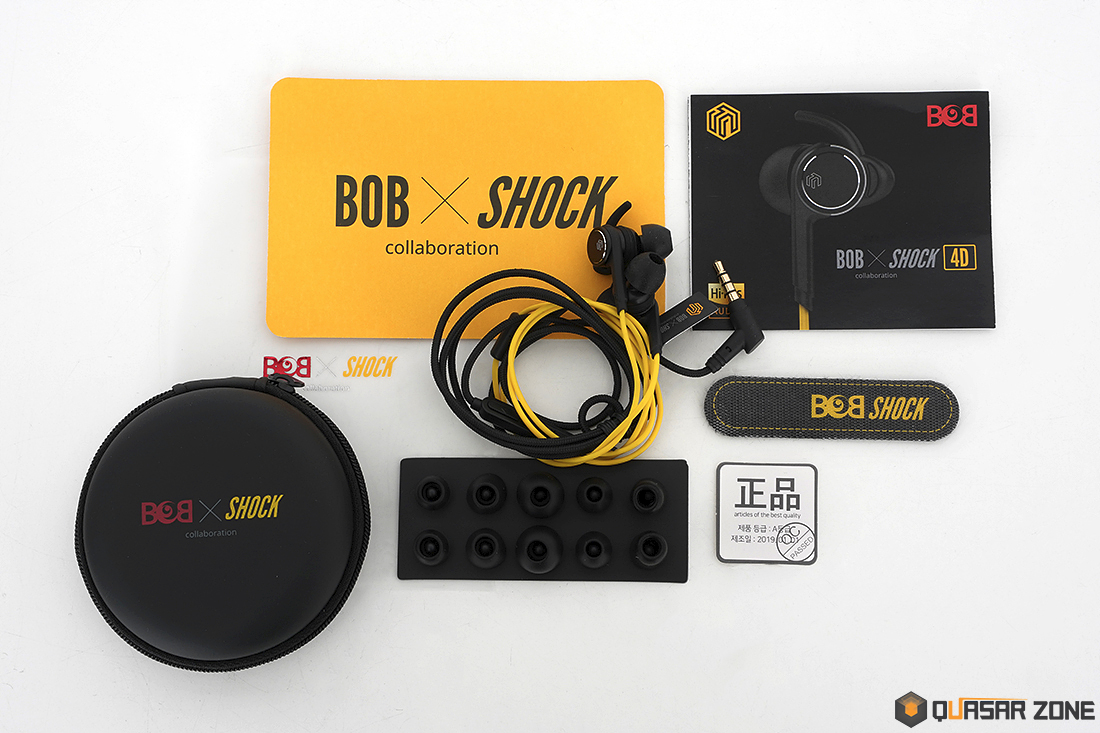
As with other Tone BobShock earphones, the 4D earphones come with different sizes and shapes of eartips. Even the eartips that come standard do not overlap. Even the relatively inexpensive 4D earphones do not forget to include foam tips. The generous package contents are the special feature of the Tone BobShock earphones. It is said that a cable that separates the 4-pole, which is the same shape as the 8D earphones, into a 3-pole earphone/microphone is also included. Thinkway makes sure to include the contents.
4D provides a circular pouch. Since I typically wrap the cable around my finger to store the earphones, the circular pouch feels like a perfect fit. It's sturdy enough to withstand even a firm squeeze, so it seems like it can withstand a fair amount of impact. It's a very practical accessory.
The remote control is attached to the part where the cable splits into two. Personally, I don't like it when the remote control is on one side of the cable, as it makes the earphones feel heavier when worn. A design like the Thinkway 4D would be a better fit for those who share my perspective. The button separation is also quite distinct, which I found satisfying. Please refer to the photo above for operating instructions.
I thought there would be a microphone built into the remote control, but there doesn't seem to be any holes. The Tone BobShock 4D Dual-Mic Earphones have a rather unique design, and the dual microphones hint at this. Let's continue our look.
Product appearance
Because it features an 8mm dynamic driver, the housing inevitably has a somewhat larger size. Therefore, the nozzle is angled 120° to prevent the housing from touching the ear, and an ear hook is included. The Thinkway logo is neatly engraved on the CNC-machined aluminum. The aluminum surface is finished with a hairline pattern for a luxurious feel. Personally, I like the aesthetic of the 4D earphones the most among the BobShock series.
No matter how perfectly the plastic housing is processed, if it touches the earlobe, the longer you wear it, the more uncomfortable it will become, and it can cause pain. However, as mentioned in the exterior section, the 4D earphones are designed with a nozzle angled 120° so that the plastic housing does not touch the earlobe. Additionally, because the housing is somewhat bulky, an ear hook is installed to prevent it from falling out. When worn normally, the earphones did not fall out easily even when running or shaking their faces. It is difficult to say for sure because the fit varies from person to person, but if you choose the right eartip that fits your ear canal, you should not experience any discomfort due to the fit.
We reviewed the 4D dual-mic earphones, the most affordable in the Tone BobShock series. Despite being hybrid earphones with both BA ( Balanced Armature) and dynamic drivers, they command a reasonable price of around 30,000 won. However, don't rush to buy them simply because they're cheap; consider your intended use carefully. The low-frequency range is noticeably richer than other bands, so if you plan on using them indoors, we recommend the more affordable 8D earphones, which feature a more affordable tuning. As mentioned in the measurements section, the 4D earphones are ideal for workouts, outdoor use, or anyone who prefers bass over any other range.
Personally, I don't believe that the number of drivers determines the quality of audio equipment. I believe a truly well-made product is one that's tuned for its intended purpose and has the necessary auxiliary features to support it. That's why manufacturers offer a variety of tunings and lineups. Thinkway has also segmented its BobShock series into three categories. As I mentioned in the introduction, this provides consumers with a wider range of choices. Consumers should clearly define their purchasing goals and make wise purchases. Just as it's important to understand the author's intentions when solving exam questions, understanding the manufacturer's intentions when purchasing a product is a shortcut to making a wise purchase.
The measurements of the product used in this test do not represent the characteristics of the entire product.
Please note that results may vary depending on various factors such as measuring tools, samples, and surrounding environment, so please use this information for reference only.
Earphone measurements are subject to more variables than headphones. Earphone measurements can vary depending on the material and size of the eartips, and the depth of insertion can also affect the amount of low and high frequencies. For this reason, I conduct multiple measurements and share the average with our members. I also conduct tests to determine whether my own listening experience matches the graph interpretation. However, please note that the tested samples do not represent the entire product. Please be aware that measurements may vary depending on the depth of insertion before reviewing the data.
There's no right answer when it comes to sound, but for those who want to hear all the information clearly, the flatter the entire frequency range, the better. Quasar Zone follows the Olive-Welty target, which is derived from the results in a listening room. Even if it shows flat characteristics, those who are used to using audio equipment that is flat based on the DF target (diffuse sound field, reverberation room standard) may feel that the low frequencies are somewhat excessive. I have this exact tendency. Please note that subjectivity is inevitable when interpreting graphs, so please take the information with reference to the information.
As you can see in the measurement graph, the low-end is quite emphasized compared to other bands. Rather than a solid feeling of bass, it implements a slightly spread and rumbling low-end. Due to this characteristic of the low-end, the sound tends to feel dark overall. There is also a phenomenon where sounds in the relatively poor range are covered (masked) by the amount or reverberation of the bass . Meanwhile, the vocals are quite forward and show off their presence. Even the chorus seemed to be quite forward. I thought it would be a good fit for rap or hip-hop genres where beat sense, voice, and lyrics are important.
When listening quietly indoors, the balance isn't particularly impressive. However, the 4D earphones appear to have been tuned this way, likely intentionally. The product database even categorizes them as sports/gaming, indicating they were designed with exercise in mind. This tuning compensates for the low-frequency attenuation caused by various sounds that can occur during exercise, such as treadmill noise. From their appearance to their sound, the product's purpose is clear.

